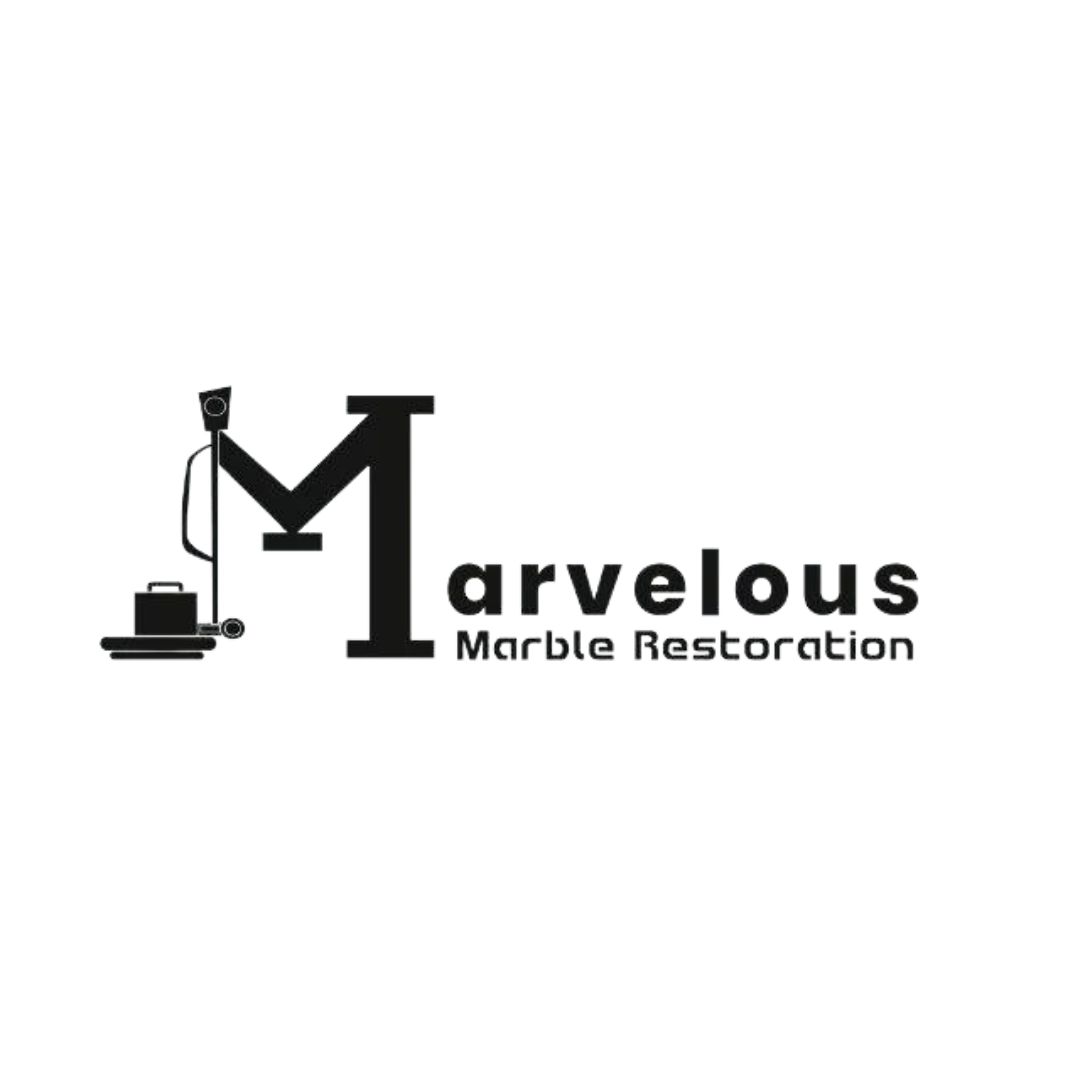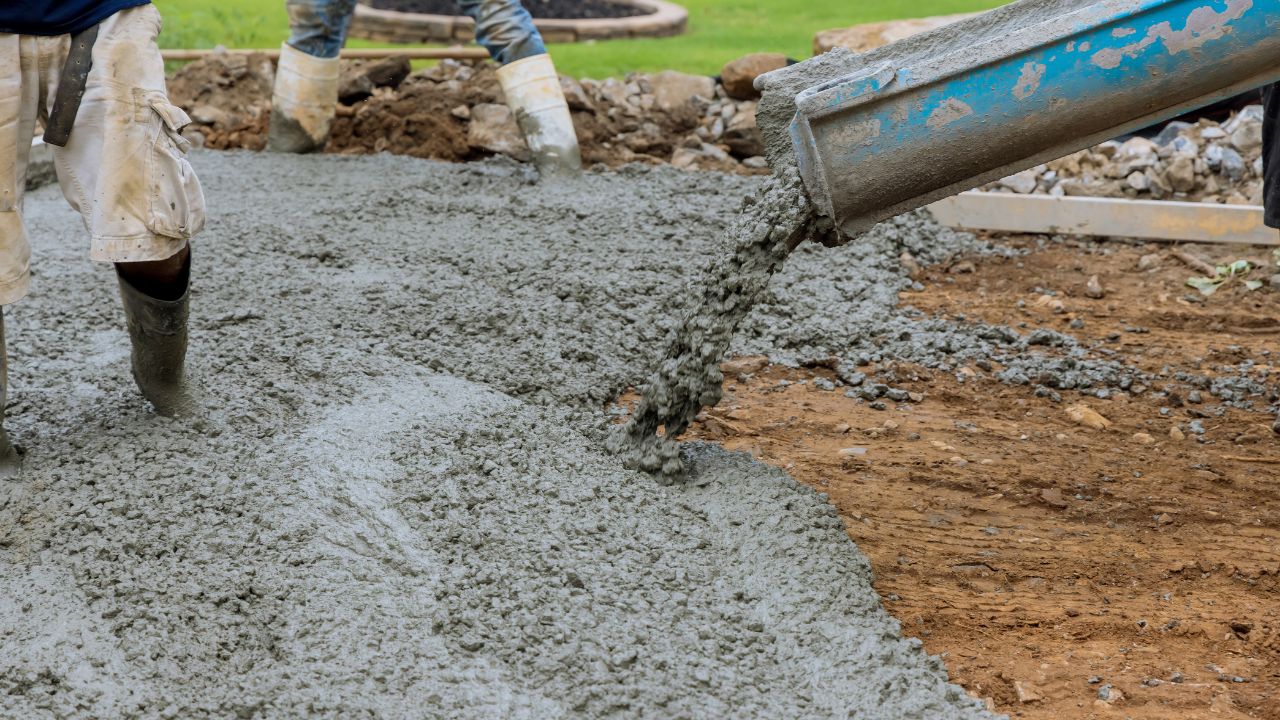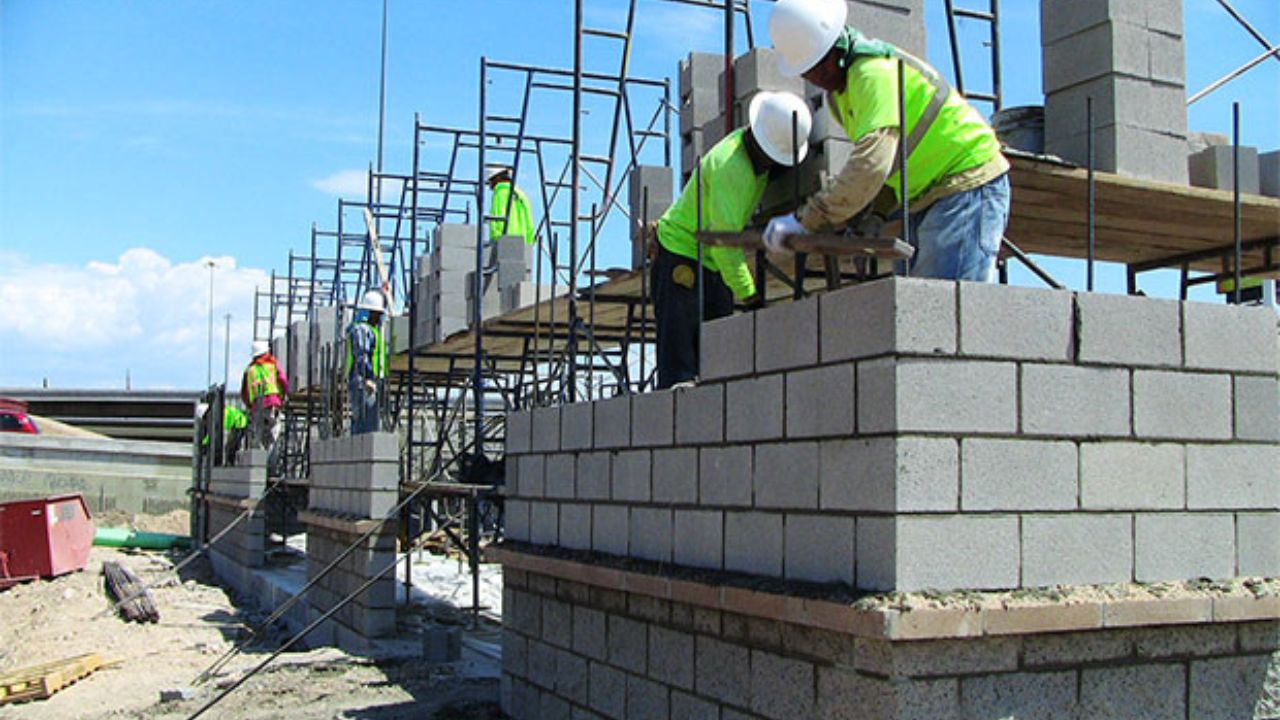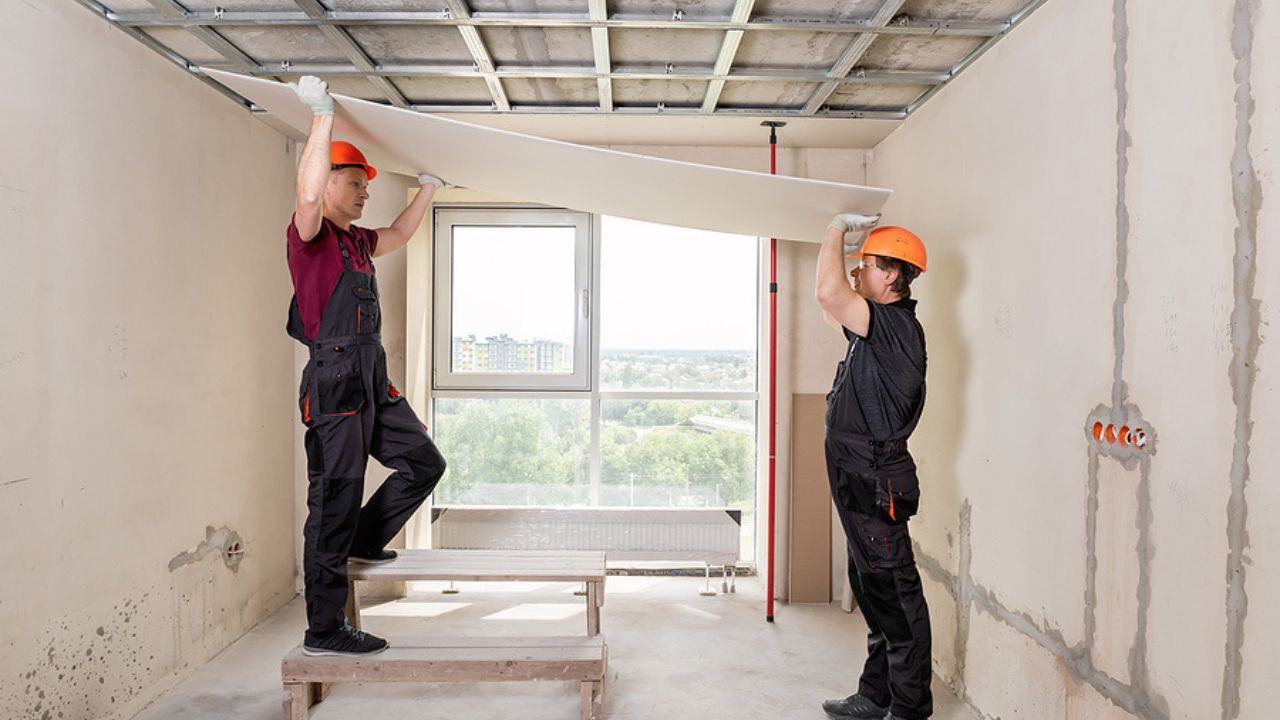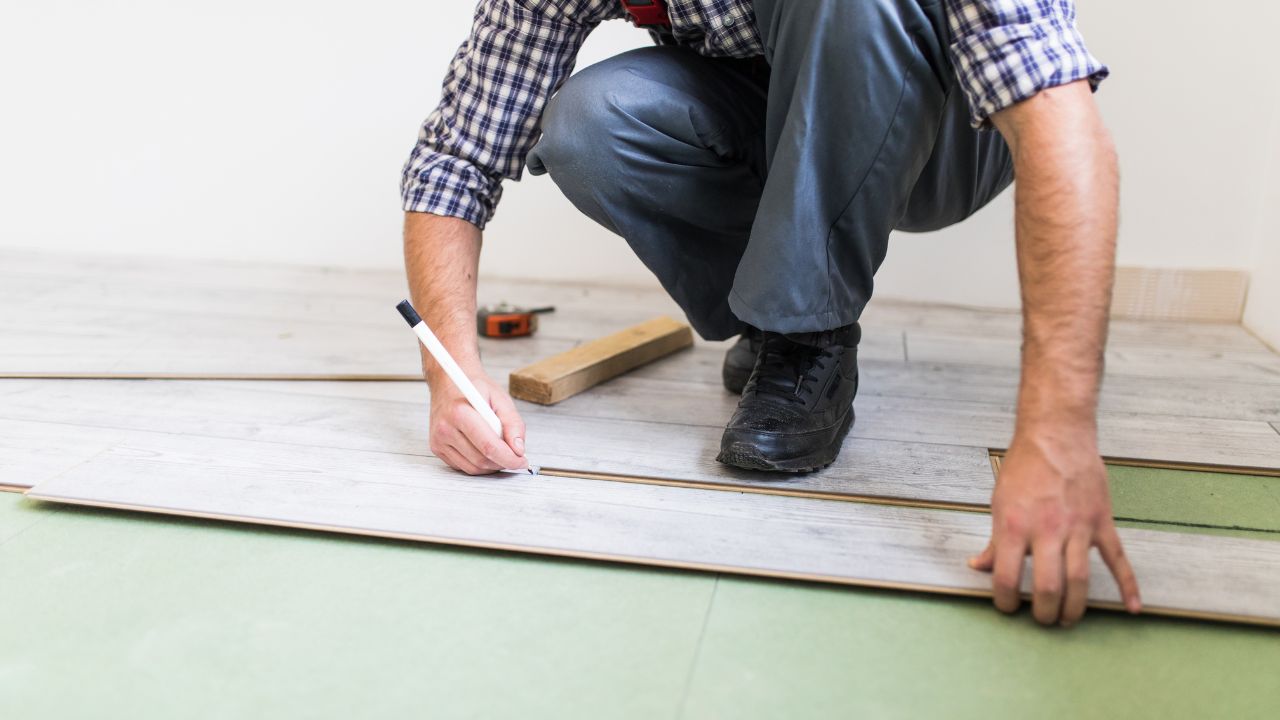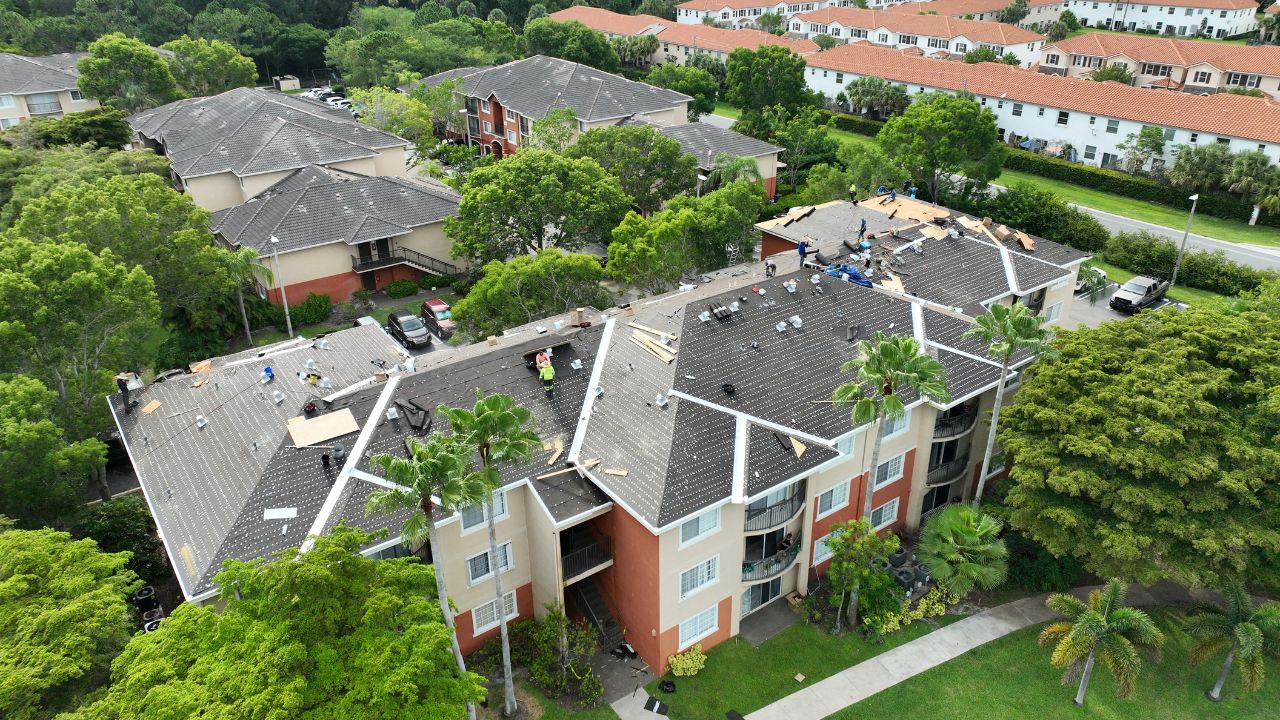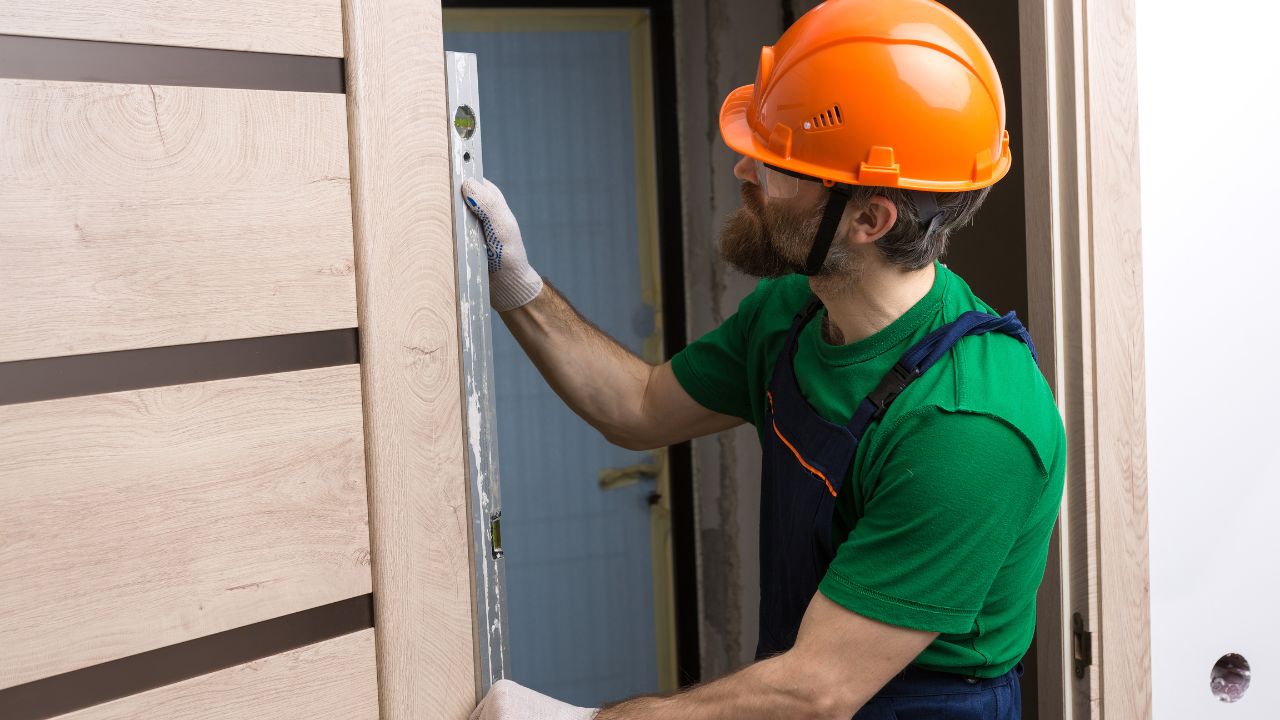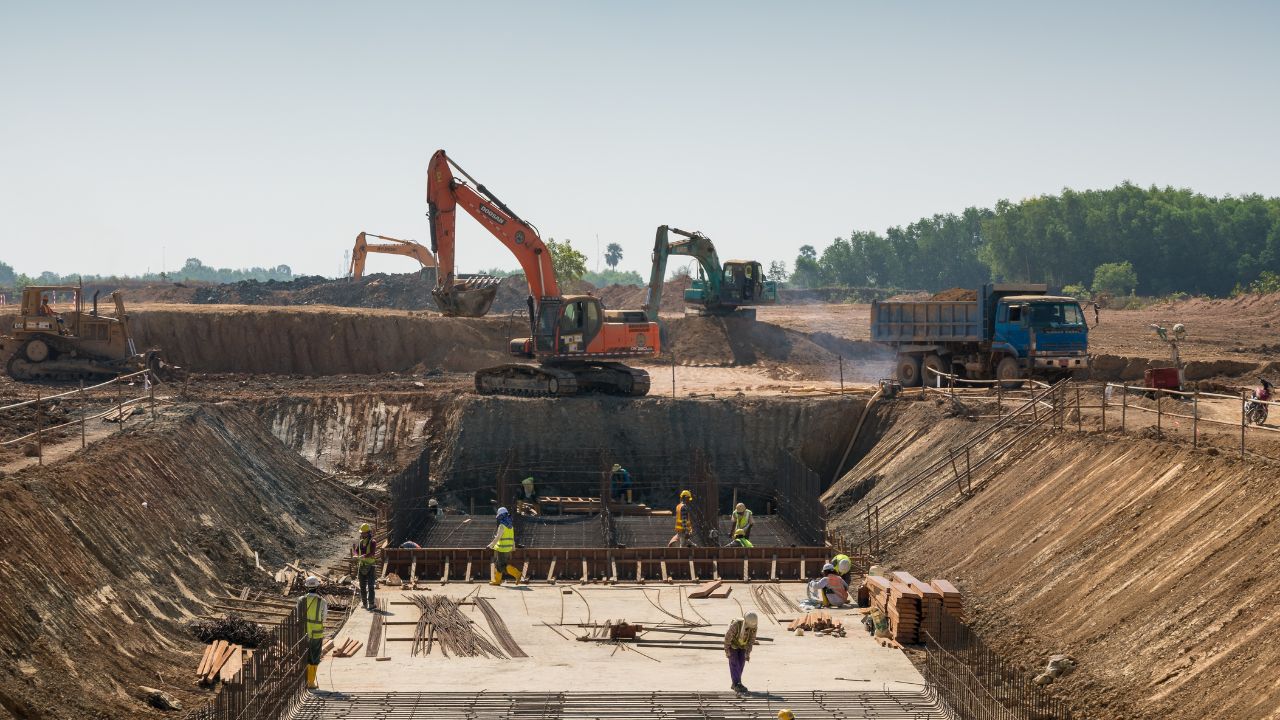- Homepage
- Insulation
The Complete Guide to Insulation Estimator
Leading provider of insulation estimating services
Understanding Insulation Estimator
The process of estimating insulation requirements can seem overwhelming. However, it is essential to ensure that your building is energy-efficient. Here’s a complete guide to understanding insulation estimator and its functionalities.
What is Insulation Estimator? | Insulation Estimator is an online tool that helps calculate the amount of insulation needed for a building or a specific area. It factors in things like the size of the space, type of structure, and location. |
How does it work? | The tool uses inputs like wall, floor and ceiling areas, material types, U-Value ratings and desired R-Values. These details help generate the required amount of insulation in square meters or feet. |
What benefits does it offer? | The tool helps save time by giving accurate estimates quickly. Its accuracy ensures an efficient use of energy while reducing costs on heating and cooling bills. Additionally, different options can be compared to make the best-suited choice. |
Insulation estimator plays a significant role in determining proper energy efficiency planning for various structures. It enables users to have efficient energy management while limiting their carbon footprint with minimal wastage of resources.
Pro Tip: While using an insulation estimator tool, always provide accurate data points to ensure a precise estimate result.
Whether you want to stay warm or just avoid your noisy neighbours, there’s an insulation material for every need and every budget.
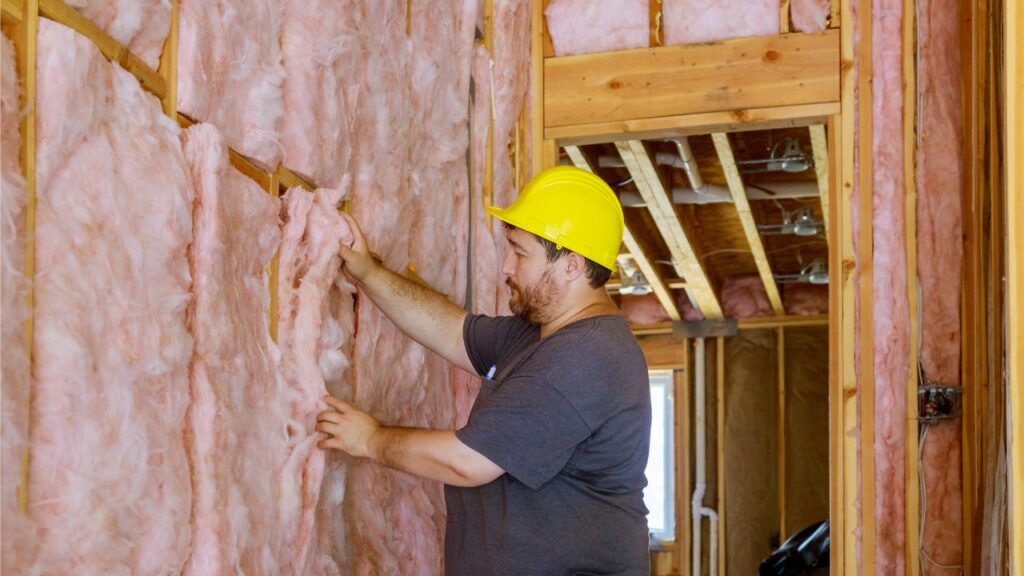
Types of Insulation Materials
To understand the variety of insulation options available, the ‘Types of Insulation Materials’ section with ‘Fiberglass, Cellulose, Spray Foam, Mineral Wool’ as solution briefly describes different insulation materials. This section highlights the key properties, pros, and cons of each material to help you make an informed choice for your insulation needs.
Fiberglass
Made of fine glass fibers, this insulation material is commonly known as Fiberglass. It is one of the most popular and widely used insulation types due to its excellent thermal efficiency and low cost.
Properties | Description |
Material | Glass fibers |
R-Value (insulating capacity) | R-2.2 to R-4 per inch |
Noise reduction coefficient (NRC) | Up to NRC-1, depending on density and thickness. |
Fiberglass has excellent fire-resistant properties, making it safe for use in both residential and commercial spaces. It can also be easily installed using either batts or blown-in methods.
Studies have shown that fiberglass insulation can reduce energy usage by up to 30 percent, making it a cost-effective choice for homeowners and business owners alike.
According to the U.S Department of Energy, fiberglass can be made with recycled materials, making it an eco-friendly option.
Want to give your home a newspaper-like insulation? Look no further, cellulose insulation is here to turn your walls into papier-mâché.
Want to Start Your Project with the Best Contractors?
Let’s Take Your Projects to the Next Level.
& What's you will get:
- Connecting You to Top Local Contractors
- Professional Consulting, Contractors Near You
- From Expert Advice to Local Contractor Connections
Contact Now
Let's discuss with a cup of coffe
Cellulose
This material is treated with chemicals such as boric acid or ammonium sulfate to make it fire-resistant and insect repellent. This treatment also helps to increase its durability by reducing the moisture content that can cause rotting or mold.
Unlike other insulation materials, Cellulose Insulation Material is highly sustainable as it saves energy consumption by reducing heat loss and gain. It is easy to install and can be blown directly into wall cavities through small holes made in the walls.
Using Cellulose Insulation Material not only reduces energy bills but also helps to reduce carbon emissions. Due to its environmental benefits, this insulation material has gained widespread popularity among homeowners, builders, and contractors alike.
I once worked on a project where we used Cellulose Insulation Material in an old building with drafty windows and doors. The difference in temperature was remarkable, which helped improve indoor comfort levels while significantly cutting energy costs.
Spray foam insulation: because nothing says ‘I love you’ like digging chunks of foam out of your hair for days after installation.
Spray Foam
Using a liquid form of insulation, this foam expands and hardens to provide a seamless covering for walls, roofs, and other surfaces.
- High Efficiency: Spray foam has one of the highest insulation values.
- Easy Installation: It’s easy to apply as it can be sprayed onto most surfaces.
- Durable: Due to its hardened form, it is very durable and does not deteriorate over time like other types of insulation materials.
Spray foam has an open cell or closed cell structure which allows it to expand upon application. This expansion fills in all the nooks and crannies of the surface that is being insulated.
When sprayed, Spray Foam can fill cavities within walls that contain pipes or wiring to ultimately block airflow while insulating from heat loss or gain.
A pioneer named Otto Bayer invented Polyurethane foam in 1937. Its commercial use started in Germany and had lesser-known applications until after World War II when its application grew rapidly due to manufacturing advancements.
Mineral wool insulation: for when you want your walls to feel like a cozy sweater, but you don’t want to knit them yourself.
To estimate spray foam, get spray foam insulation cost estimates using our calculator.
Mineral Wool
This type of insulation material is produced by melting down different types of stones or mineral rocks like basalt, slag, and diabase. The melted substance is spun into fibers which are then molded and compressed to create mineral wool.
Mineral wool has a unique capability to provide excellent thermal insulation while also reducing noise levels. It can withstand high temperatures, making it ideal for use in industrial settings where heat resistance is essential. Additionally, it is resistant to fire and can help prevent the spread of flames in case of fire accidents.
On top of its primary functions, mineral wool also offers excellent moisture absorption capabilities, helping to prevent humidity build-up which could lead to mold growth and compromise indoor air quality. In addition, it is an eco-friendly insulation option because it does not contain harmful substances such as formaldehyde or volatile organic compounds (VOCs).
To maximize the effectiveness of mineral wool insulation materials, experts suggest starting with a well-insulated attic and ensuring that there are no gaps or spaces left unfilled between the walls or floors. Moreover, avoid compressing the material once installed since this can lower its insulation properties.
Estimating insulation needs is like trying to guess how many marshmallows are in a bag without peeking, except the stakes are higher and the marshmallows won’t keep you warm at night.
Factors to Consider for Insulation Estimation
To get accurate insulation estimation with minimal error, consider the area to be covered, R-value, climate, building design, and accessibility. In this section, we’re presenting the factors you need to keep in mind while estimating the insulation requirements for your project. Each sub-section we cover will provide you with a specific solution to get an accurate insulation estimation.
Area to be Covered
Covering the Surface Area
To accurately estimate the amount of insulation needed, it is important to consider the surface area that needs to be covered. The following points are factors to keep in mind while calculating:
- Walls and Ceilings: Determine the total square footage of the walls and ceilings in each room that requires insulation.
- Floors: If you’re planning on insulating a floor, take measurements of the entire area to be covered.
- Doors and Windows: Don’t forget to deduct for doors and windows as they don’t require insulation. You can calculate their area separately.
- Sloped Surfaces: If any surfaces have a slope, such as an attic or pitched roof, use special attention while measuring them.
- Additional Structures: If there are any additional structures such as crawl spaces or garages, measure them separately.
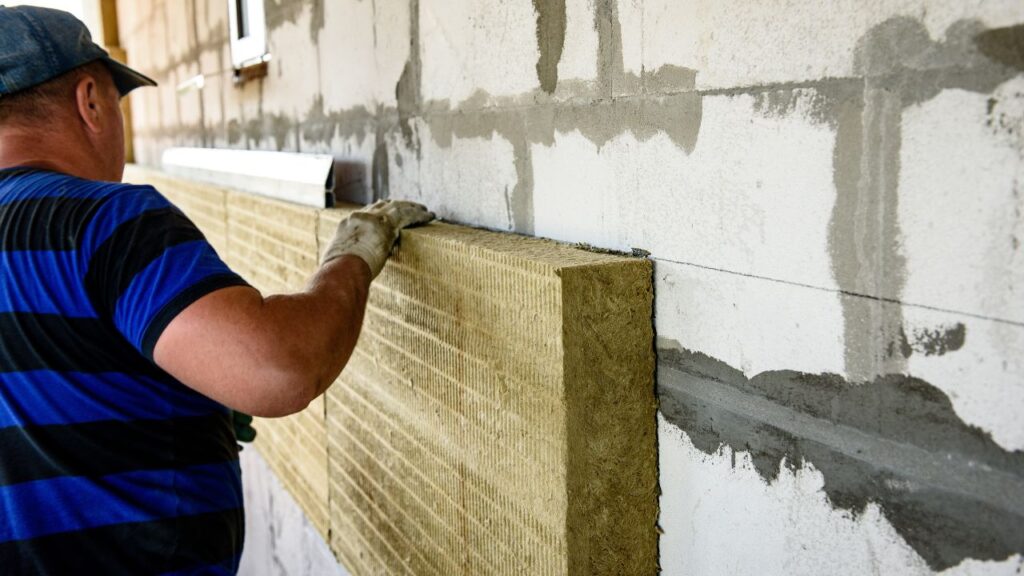
It’s worth noting that there may be some areas where standard insulation products do not fit. In such cases, custom made insulation materials will be required.
When considering coverage area for insulation estimation, remember to account for all necessary surfaces which require one. Although it might feel insignificant at first, errors in measurements can lead to excess work or delayed projects.
For better accuracy in estimating insulating material requirements,
- Use a laser tape measure instead of standard ones for precise calculations
- Consider installing air-sealing before putting insulation materials into place. By eliminating gaps between walls/floors/ceilings etc., this also improves thermal efficiency and saves on energy expenses for heating/cooling purposes.
Why settle for a low R-value when you can give your insulation a high-five for being super effective?
R-Value
Insulation ‘R-Value’ is the level of thermal resistance or insulation provided by a particular material. It helps estimate how much heat transfer is resisted through the material and indicates its efficiency.
(Table)
When estimating insulation, considering the R-Value alone may not suffice. Comparing different materials’ R-Values in one place will help make a better decision on what materials to use. For instance, Materials like Spray foam insulation have an R-Value of 6.5 per inch, whereas fiberglass batts have an R-value of 3.2 – 4.3 per inch.
(Learnings)
Other crucial factors need to be considered while estimating insulation, including moisture resistance and sound attenuation.
(True Story)
In the summer, my friend sought advice on installing insulation for his new home but only considered R-value without considering other necessary factors such as sound attenuation. Installation of high-R-value material resulted in rooms that were overheated during summer nights due to inadequate ventilation and insufficient noise reduction for light sleepers.
When it comes to insulation, it’s important to consider your climate – unless you enjoy sweating in the summer and freezing in the winter, then by all means carry on.
Get High-Quality 3D Rendering Today!
Transform your space with stunning 3D rendering that blends style, comfort, and functionality.
We Specialize in Both Residential and Commercial 3D Rendering Projects.
- Luxury Villas
- Apartment Complexes
- Modular Kitchens
- Bathrooms
- Office Buildings
- Shopping Malls
- Hospitals
- Hotels & Resorts
Climate
Consider the surrounding environmental elements as one of the significant factors in estimating insulation. Building insulation should depend on the temperature, humidity levels, and precipitation in a given area. Extreme temperatures mean that you will require more insulation to keep the interior environment comfortable. In regions with higher humidity levels, it would be best to use moisture-resistant insulation materials as they reduce mold formation.
Knowing your geographical location is essential when deciding on the amount of insulation required. A warmer climate means less need for heating and vice versa during winter months. Coastal areas may experience large temperature variations between daytime and nighttime; hence knowledge about regional climatic differences will affect the calculation of required thermal resistance values.
Thermal balance is vital for maintaining a stable indoor climate throughout all seasons, so every aspect must be considered when estimating insulation needs accurately. Climate shifts can lead to illnesses from unhealthy living spaces or decreased durability of building structures over time. It is crucial to get input from professionals in this field to ensure proper understanding of how various factors play into decisions concerning building construction.
Being well-informed about insulation needs for any structure is crucial; failing which may lead to severe consequences later on. Employing professionals who can analyze the geography, temperature ranges and relative humidity carry noteworthy benefits like increased energy efficiency, reduced electricity bills due to lower demand and increased comfortability inside buildings both residential and commercial will be paramount in gaining a competitive advantage for living spaces today.
Building design is like a Tinder profile – looks matter, but you also need substance to keep the relationship going.
Building Design
The Design Elements of a Structure are critical in Insulation estimation. The Design determines the Exterior Improvements and Aesthetic value of the building, which may affect the type and amount of insulation required.
Building Characteristics | Examples |
|---|---|
Building Orientation & Layout | North-facing Structures with Open floor plans require less insulation than East or West facing structures with lots of rooms |
Roof & Wall Assemblies | Roofs with small slopes and high ceilings benefit from additional insulation |
Air Leakage | Air leaks reduce the effectiveness of insulation. Proper sealing of gaps before installing insulation is necessary |
It is essential to note that each building has unique design elements that must be evaluated when estimating the required amount of insulation. These include solar orientation, wall construction, and roof configuration.
Without considering these factors, you can underestimate or overestimate your requirements, leading to unnecessary expenses or a lack of adequate protection.
To ensure an accurate estimate for your structure’s insulation needs, it’s advisable to consult an expert who can evaluate its specific design elements and recommend appropriate solutions to increase energy efficiency and comfort while minimizing costs.
Insulating your attic may be a pain in the neck, but at least it’s better than having to insulate your ex’s cold heart.
Accessibility
When estimating insulation needs, it is important to consider the accessibility of the area to be insulated. This includes factors such as whether the space is easily reachable for installation and maintenance, or if additional tools or equipment are required.
Furthermore, accessibility also encompasses the potential impact on energy efficiency and cost savings. Insulating difficult-to-reach areas may require more materials and labor, ultimately affecting the overall project cost and ROI.
Another consideration is the safety hazards posed by poorly accessible areas. Inadequate insulation in hard-to-reach spaces can lead to temperature fluctuations, moisture buildup, and potential damage to building materials. Properly insulating these spaces not only improves energy efficiency but also enhances occupant comfort and safety.
To ensure accurate estimation of insulation needs, assessing accessibility should be a primary factor alongside other critical considerations such as R-value requirements, building codes compliance, and environmental factors.
Insulation estimator tools, because who knew measuring the warmth of your home could be so high-tech?
Insulation Estimator Tools
To estimate the amount of insulation required for your project, you need the right tools. In order to solve this problem, this section in ‘The Complete Guide to Insulation Estimator’ with the title ‘Insulation Estimator Tools’ talks about different tools that you can use. These tools include online calculators, mobile applications, and software.
Online Calculators
There are many digital tools available that can help you accurately estimate insulation requirements for various projects. These tools, commonly referred to as calculation aids, provide quick and reliable insulation estimates.
For instance, a table can demonstrate the various types of online calculators widely used in the construction industry. Some of the popular ones include calculators for determining material quantities, calculating surface areas to be covered, and estimating the amount of time required to complete a project.
In addition to basic calculators, there are more complex software packages that offer detailed analysis and modeling capabilities. Integrating things like environmental factors and building performance calculations into the estimation process can help produce better outcomes.

Interestingly, according to a report published by an independent construction consultancy firm, use of these estimators has led to significant savings in both costs and time spent on projects.
Who needs a date when you have a mobile app to estimate your insulation needs?
Mobile Applications
With modern advancements in technology, various remarkable mobile applications are available for Insulation Estimator Tools. These apps offer a quicker and smarter way to estimate insulation requirements and calculate the costs involved.
The following table shows some applications with their respective categories:
Categories | Examples |
|---|---|
Estimation | Johns Manville, CertainTeed |
Calculation | GAF Roofing, Insulation Calculator Pro |
Comparison | Insulation R-Value Calculator, ReGreen – Home Renovation Energy |
Expert Opinion | Green Building Advisor |
Moreover, some unique features provided by these mobile applications include 3D simulations of insulation installations, information on recommended insulation types for specific project requirements, easy sharing options amongst team members and an option to save estimates and quotes for future reference.
Pro Tip: Always verify that the mobile application you choose is reliable by checking its past reviews and developer credentials before downloading it.
Calculating insulation needs has never been easier thanks to software, because who needs manual labor when computers can do the heavy lifting?
Software
The insulation estimator tools use software to calculate the required amount of insulation for a given project. These tools are available online and can be accessed easily. They eliminate the need for manual calculations, making the insulation estimation process faster and more accurate.
Using these tools also ensures that you order only the necessary amount of materials, leading to cost savings. They provide detailed reports on the type of insulation required, its thickness, R-value, and more aspects related to the project.
Apart from being user-friendly, some software tools offer additional features such as customization options and real-time updates. These features assist the users in managing multiple projects effectively.
The tools also come with pre-existing templates for various types of projects and areas. This ensures consistency in estimating insulation requirements across different projects.
To get accurate results using these estimator tools, ensure that the entered values are precise. Also, make sure to select an appropriate template that accurately defines your project’s unique specifications. By doing so, you can guarantee cost savings while improving energy efficiency in buildings.
Estimating insulation just got easier: no more guessing or using a magic 8-ball.
Get Financing For Insulation Construction Business
Maximize your insulation construction business’s potential with our competitive financing options

How to Use Insulation Estimator Tools?
To make insulation estimation an easy task with accurate results, you need to know how to use insulation estimator tools. Inputting data, reading/interpreting results, and making adjustments are the sub-sections that will help you achieve your goal. Follow the upcoming content to get the complete solution for all your insulation estimation needs.
Inputting Data
When providing information to insulation estimator tools, the process involves inputting relevant data that can help generate accurate results. This data can vary based on the type and complexity of the insulation being estimated.
To ensure accurate results when inputting data into insulation estimator tools, follow these three simple steps:
- Begin by identifying the specific type of insulation being estimated.
- Provide key measurements such as area, length and thickness
- Incorporate additional variables including temperature requirements and material costs
It is important to note that some insulation estimator tools may require more or less data depending on their complexity. Therefore, it’s always best to read through instructions before entering any information.
When using an insulation estimation tool, it’s vital to double-check all values that have been entered for more precise results. Inaccurate data entry could result in incorrect estimates or misleading reports.
As reported in an article by Energy Star, ensuring proper levels of insulation can reduce your yearly energy bills by up to 20%.
Get ready to interpret results like a pro, or just pretend like you know what you’re doing and hope no one asks questions.
Reading/Interpreting Results
To properly understand the outcomes generated from insulation estimator tools, it is essential to comprehend how to read and interpret their results accurately.
The following table showcases a few examples of what output data may look like from such tools:
Area | Insulation Type | Required Thickness |
|---|---|---|
Attic | Fiberglass | 12 inches |
Walls | Cellulose | R-19 |
Floors | Spray Foam | 3 inches |
By examining these results, you can identify the recommended insulation form and appropriate thicknesses for each area of your building.
In addition to collecting this information, it is critical to consider any additional determining factors when rounding out your insulation approach. Such variables might include regional weather patterns, building age or layout, as well as heating and cooling infrastructure.
Don’t miss out on the benefits of proper insulation! Ensure that you’re making informed decisions by comprehending how to read and use these powerful estimator tools.
Fine-tuning your insulation estimate is like dating – it takes a few adjustments to find the perfect fit.
90% More Chances to Win Insulation Bids with
Our Estimate!
Making Adjustments
When Using Insulation Estimator Tools, Tweaking is Key
Adjusting the parameters in insulation estimator tools is crucial for obtaining precise estimates. Factors like climate and building design can greatly affect the required levels of insulation. To obtain the most accurate data, one must input relevant details such as construction type, roof pitch, wall height and material, HVAC equipment and location.
Apart from these basic inputs, it is essential to enter other granular factors such as ventilation rates and wall cavity dimensions. Careful attention to detail helps in getting a reliable result that ensures optimal insulation levels for a structure.
By following these key points, estimators can obtain highly useful results that cater to unique requirements.
Many experts recommend editing initial estimates according to additional parameters or personal experience with previous insulation projects. Obtaining feedback from experienced professionals can also help in optimizing your results even further.
Uninsulated pockets in your attic? Don’t worry, just avoid these common mistakes and you’ll be sweating in no time.
Common Mistakes to Avoid When Using Insulation Estimator
To avoid common mistakes when using the insulation estimator with its sub-sections, not considering all factors, incorrect input of data, miscalculating desired R-Value, over or underestimating the area to be covered is the solution. It’s important to recognize the potential pitfalls and take the necessary steps to ensure accurate estimates.
Not Considering All Factors
A common mistake that people make while using insulation estimator is not considering all factors. Not taking into account important aspects such as insulation material, thickness of walls, and type of building leads to inaccurate estimation of required insulation materials and subsequent installation costs.
To avoid these errors, it is necessary to take into consideration all critical parameters while using the insulation estimator tool. This includes determining the desired R-value, selecting the appropriate type of insulation material for the application area, evaluating the wall structure and identifying any potential air gaps or leaks.
In addition to these vital factors, it is also essential to take into account external conditions such as climate and location along with site-specific considerations like building age or construction quality. Neglecting any significant aspect could result in faulty calculations leading to expensive remediation costs later on.
Ensure to carefully weigh in all pertinent details before executing an estimate through an insulation estimator tool. By doing so, you can avoid costly mistakes while getting a better understanding of the overall project requirements in terms of time and budget planning.
Don’t risk costly mistakes by ignoring important aspects while using an insulation estimator tool. Consider all factors carefully before estimating material requirements.
If you think insulation isn’t important, you’re not the only thing that’s poorly insulated. Your data might be too.
Incorrect Input of Data
Incorrect Data Input can lead to many problems when using Insulation Estimator. To avoid these issues, it is important to pay attention to details and input the correct information.
The following table showcases some common mistakes that can occur when entering data into an Insulation Estimator.
Issue | True Data | Actual Data |
|---|---|---|
Misspelled words | batts | bats |
Wrong material selection | fiberglass | cellulose |
Incorrect measurement unit | feet | inches |
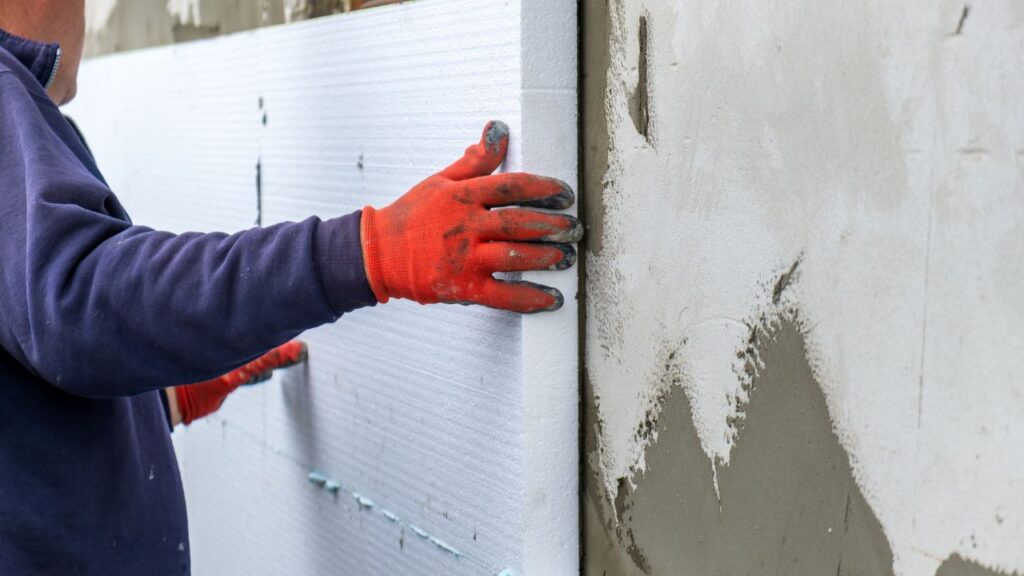
It is crucial to double-check all data entered into the estimator to ensure accuracy. Failure to do so can result in inaccurate insulation estimates and potentially costly mistakes.
When estimating insulation needs for a project, it is essential that accurate data be utilized during the process. Failing to input precise and comprehensive information could lead to incorrect assessments, which in turn could have significant consequences on the bottom line of a project.
Make sure you take the time to review all data being entered into your Insulation Estimator before submitting calculations. The extra effort could save you both time and money in the long run, preventing expensive mistakes from occurring.
Thinking R-Value stands for Really Awesome Value? Don’t make the mistake of miscalculating your desired insulation levels.
Miscalculating Desired R-Value
Correctly Estimating the Desired R-Value for Insulation
One of the mistakes commonly made when using an insulation estimator is miscalculating the desired R-value needed for a particular space. This is often due to insufficient knowledge about R-values and how they affect the insulation’s performance in each space.
To avoid this mistake, it is essential to understand that the R-value represents the insulation’s ability to resist heat flow. It is necessary to select an appropriate R-value for each specific area, considering factors like climate, building design, and energy efficiency goals. Neglecting these factors can lead to under or over-insulating spaces.
Therefore, before estimating insulation quantities for any project, undertake proper research on your intended installation area. Understand its requirements and apply knowledge of R-values accordingly.
When In Doubt- Consult The Experts
If you are unsure about what specific R-value would be best suited for a particular space, consult manufacturers’ recommendations or refer to experts in that field who can guide you on selecting appropriate insulating materials.
It’s noteworthy that according to Energy Star, proper insulation can save homeowners up to 15% on heating and cooling bills annually.
Don’t be a square and underestimate the area- it’s not insulation’s fault if you run out of material mid-project.
Get 5 New Projects in the Next 7 Days With Our System
Over or Underestimating the Area to be Covered
Many Insulation Estimator users make the mistake of incorrectly estimating the area that needs to be covered. This error can lead to wasted insulation material, costs and time. Incorrectly estimating may either be over or underestimating.
The table below highlights some real data cases where this mistake has occurred:
Case | Estimate | Actual Area |
|---|---|---|
1 | 100 sq ft | 75 sq ft |
2 | 50 sq ft | 80 sq ft |
3 | 150 sq ft | 120 sq ft |
It is crucial to properly estimate the right amount of insulation required for any project to avoid unnecessary expenses, reduced effectiveness and additional labor costs.
When using an insulation estimator, ensure that you accurately measure and check dimensions of the area to be covered. It is prudent to add an extra ten percent margin for cuts, mistakes and wastage.
Pro Tip- Always aim at comfortably covering more than is required for each project: achieving perfect measurements and considerations for all materials’ insulations in the market might not always happen in every situation.
Using Insulation Estimator is like having a crystal ball for your energy bills.
Benefits of Using Insulation Estimator
To accurately estimate the cost and time required for insulation projects, using an insulation estimator with accurate estimation is crucial. This tool can also help you save on both these resources, while increasing your energy efficiency and offering environmental benefits.
Accurate Estimation
The insulation estimator tool generates highly precise estimates for insulation needs. It helps avoid inaccurate calculations, saving time and money on wasted materials. Additionally, the accurate readings help to determine a budget that can be better allocated towards other aspects of construction projects.
Apart from just estimating, the insulation estimator offers detailed reports about different types of insulation materials available in the market, allowing users to compare and choose the most suitable option for their project. These options include fiberglass, cellulose, foam board, mineral wool, and spray foam varieties of insulation with different R-values.
With this information at hand, contractors can make informed decisions that lead to cost-effective solutions without experiencing any hassle by working through things manually or taking guesses. Generally speaking, it helps them achieve more accuracy throughout the entire process.
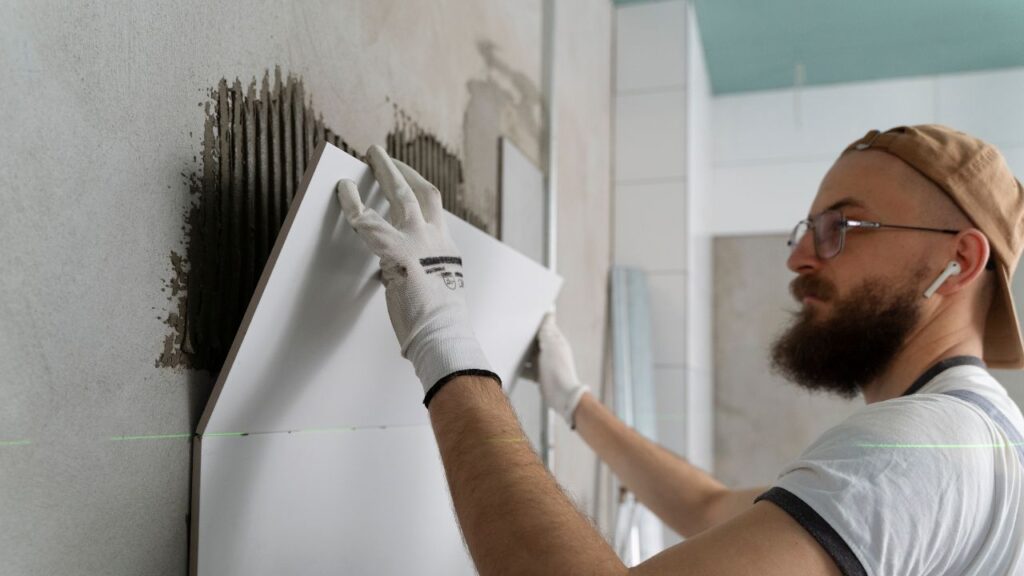
By using an Insulation estimator tool consistently over time and across different jobs or projects, one can develop a good understanding of what is needed for diverse situations. Experienced estimators may even incorporate additional insights into their work based on patterns they have detected during this process over the years. Therefore, investing time in becoming proficient in using an estimator tool can pay dividends long term.
Insulation estimator: because wasting time and money on guesswork is so last century.
Time and Cost-saving
Insulation Estimator can help to save both time and money, which ultimately benefits the user. It:
- Minimizes errors in recording insulation measurements, ensuring that the correct amount of material is purchased.
- Reduces time spent on manual calculations by delivering accurate estimates quickly.
- Offers 24/7 accessibility, eliminating scheduling conflicts with contractors.
- Provides valuable insights into which materials are cost-effective for specific projects.
Insulation Estimator also provides robust data management capabilities and a seamless end-to-end process that saves users from assembling data in disparate platforms.
A study conducted by HomeAdvisor found that 75% of homeowners who used online estimating tools saved money on home projects. If you’re not using insulation estimator, your energy bills will be high enough to make heating the entire planet seem like a viable option.
Increased Energy Efficiency
Improving Household Energy Efficiency through Insulation Estimator
By using insulation estimator, homeowners can significantly increase their energy efficiency and save money on energy costs. The tool allows users to estimate the amount of insulation needed for a building based on its measurements. This helps to identify areas where insulation is lacking, resulting in better heat retention and less energy consumption.
In addition, insulation estimator can determine which type of insulation is best suited for a particular structure by taking into account factors such as R-value, material type, and location. These factors influence the effectiveness of the insulation in retaining heat or coolness within an enclosed space.
Using an insulation estimator also leads to environmental benefits such as reducing carbon footprint by lowering energy consumption. It can also improve indoor air quality by reducing drafts and moisture accumulation caused by improper or insufficient insulation.
One homeowner who used an insulation estimator reported significant savings on his energy bill after identifying and fixing areas of inadequate insulation in his older home. With the help of the tool, he was able to properly insulate his attic and walls, resulting in a more comfortable living space and reduced energy usage.
If you use insulation estimator, Mother Nature will thank you with a warm hug. And who doesn’t love a good cuddle?
Environmental Benefits
The use of Insulation Estimator has multiple advantages in terms of the environment. One primary aspect is that precise calculations facilitate proper insulation, avoiding overuse and undervaluing reducing wastage and saving on natural resources. With the help of this tool, accurate estimation of required material prevents additional manufacturing and transportation costs, leading to lesser carbon emission.
Moreover, correct sizing for insulation minimizes energy consumption as it preserves the internal temperature from external variations increasing HVAC systems’ longevity. The reduced energy usage decreases greenhouse gases emissions, making sure that your project not only conserves resources but also benefits the Earth’s atmosphere.
To add convenience to that, less waste to landfill due to precise estimations makes a more sustainable effort towards waste management than producing excessive scraps for disposal elsewhere.
Finally, utilizing an Insulation Estimator reduces any potential harm to humans or other creatures living in proximity during construction by regulating insulating materials’ safe handling while promoting biodiversity by decreasing overall environmental harm due to energy outsourcing.
Insulation estimator: saving your money and keeping your home cozy, unlike your ex who only wanted to steal your blankets.
Conclusion
After exploring the different types of insulation and their respective costs, it’s time to review your options and make an informed decision. To ensure that you choose the best insulation option for your specific needs, there are a few final factors to consider.
- When calculating the amount of insulation you’ll need, it’s important to take into account any ventilation requirements. This is because insufficient insulation can lead to moisture buildup, which can cause damage over time.
- Additionally, you’ll want to think about installation methods. Depending on the type of insulation you choose, you may need professional installation services or be able to install it yourself. Be sure to weigh the costs and benefits before deciding.
- Finally, remember that no matter what type of insulation you choose, regular maintenance is key in maintaining its effectiveness over time.
FAQs
The insulation estimator tool is a tool that helps you calculate the estimated cost and quantity of insulation materials needed for your home or project.
The insulation estimator tool works by asking you a series of questions about your home or project specifications and then using that information to calculate the cost and quantity of insulation materials needed.
The insulation estimator tool can calculate the cost and quantity of several types of insulation materials, including fiberglass, cellulose, spray foam, and more.
Yes, the insulation estimator tool is accurate. However, keep in mind that the calculations are based on the information you provide. This means that if you provide inaccurate information, the estimates may be incorrect.
No, you do not need any prior knowledge to use the insulation estimator tool. It is designed to be user-friendly and easy to use for anyone.
Yes, the insulation estimator tool is completely free to use. You do not need to pay anything to access or use the tool.
Comprehensive Trade-Specific Estimates
At Estimate Florida Consulting, we offer detailed cost estimates across all major trades, ensuring no part of your project is overlooked. From the foundation to the finishing touches, our trade-specific estimates provide you with a complete and accurate breakdown of costs for any type of construction project.
Our Simple Process to Get Your Estimate
Upload Plans
Submit your project plans, blueprints, or relevant documents through our online form or via email.
Receive Quotation
We’ll review your project details and send you a quote based on your scope and requirements.
Confirmation
Confirm the details and finalize any adjustments to ensure the estimate meets your project needs.
Get Estimate
Receive your detailed, trade-specific estimate within 1-2 business days, ready for your project execution.



Our Clients & Partners
We pride ourselves on building strong, lasting relationships with our clients and partners across the construction industry.
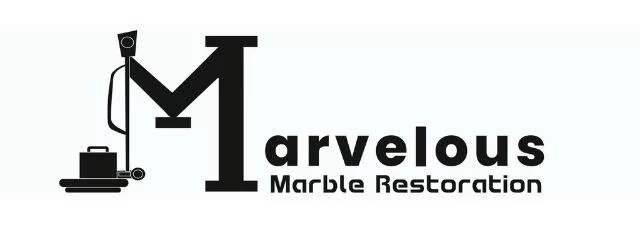

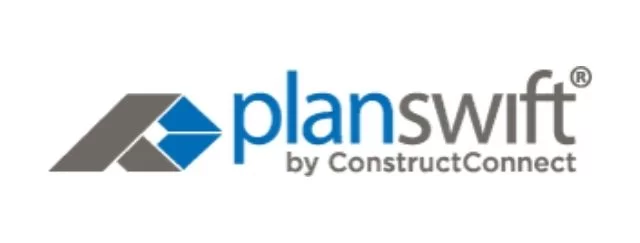
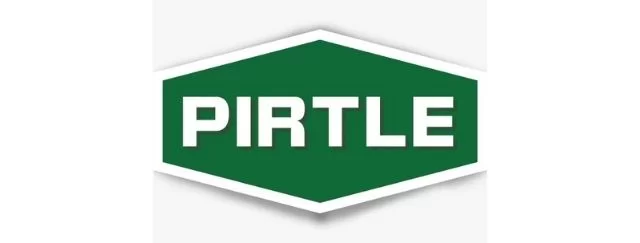

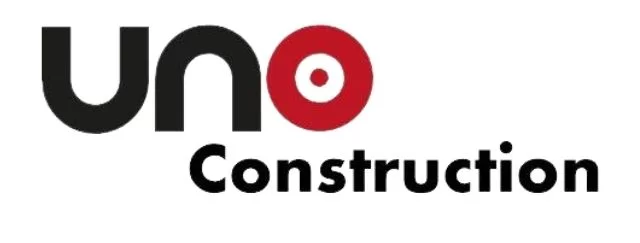
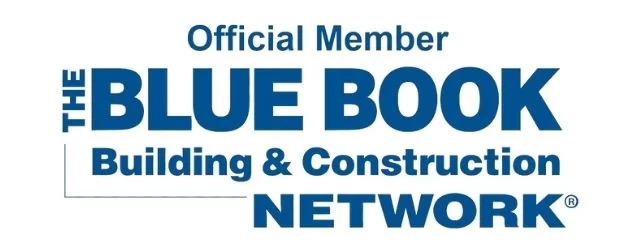
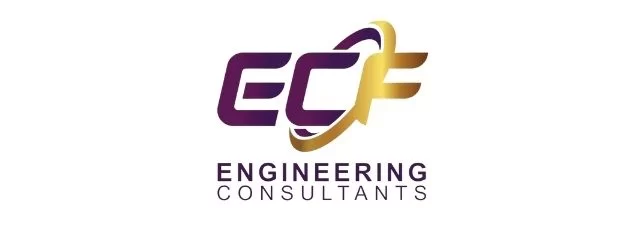



What Our Clients Say?
We take pride in delivering accurate, timely, and reliable estimates that help contractors and builders win more projects. Our clients consistently praise our attention to detail, fast turnaround times, and the positive impact our estimates have on their businesses.
Estimate Florida Consulting has helped us win more bids with their fast and accurate estimates. We trust them for every project!
